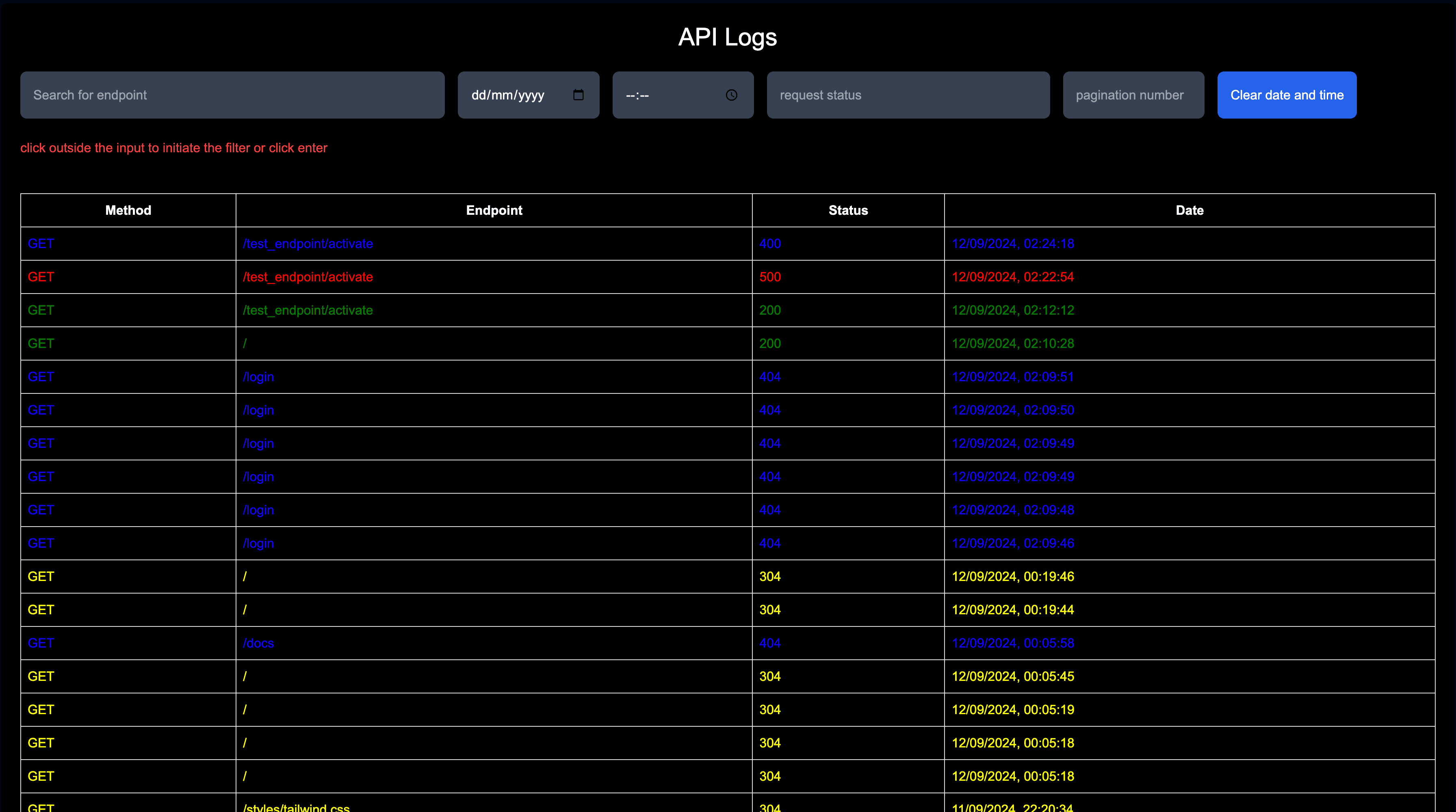
What is an API
Get to understand what an API really is, how they work, their pros and cons, and the types of API.
What is an API
Ever wondered how developers spin up highly complex, feature-rich websites and apps in less time? That’s the doing of an API.
Application Programming Interface, or API in short, is a linking bridge used by developers to quicken the process of developing apps. In simplified language, they work by allowing developers to connect external services to their apps and websites.
This connection allows these developers to create apps and websites with features that would ordinarily take months, and potentially years, to achieve.
How does an API work?

Image by Alex Mills on Unsplash
Like a bridge, an API typically has a singular feature, which is imported into a software using a code or key called an ‘API Key’, saving development time and sometimes costs.
For instance, many banking applications have a map feature in their mobile app; if a bank decides to have a map of its own, it will be technically impossible at worst and highly costly at best to do such. Instead of doing that, they'd simply use an API from a platform that's focused on satellite mapping, i.e., Google Maps, to achieve their aim.
APIs are typically integrated into the backend, which can be called on the frontend. This is why an API is called a bridge (it bridges the backend with the frontend).
Why APIs?
API in software serves different interesting purposes, which when combined, make them very useful to the software development life cycle.
- APIs quicken the development stage: With APIs, developers can focus on other important things as they eliminate the time that will be spent finding resources.
- API saves money: While some APIs are paid, the cost of actually pulling their feature from scratch is way higher than paying for the API itself.
- Build Innovative Solutions: Like I wrote earlier, some solutions won't be possible if not for APIs. Many the software we see today is just a combination of different APIs from different sources, serving one purpose.
Potential Disadvantages of APIs.
Using an API or different APIs presents many benefits to developers, but at the same time, they also have their flaws. This section will address some of the popular flaws any developer connecting an API to their software needs to be aware of.
- May increase attack surface: Connecting an API to your app or website increases the possibility of your app or website being vulnerable to a cyber attack. This is sometimes done in what’s called a supply chain attack.

Image by Walkator on Unsplash.
- Complexity: Writing the logic flow that enables APIs to work isn’t an easy task, and usually results in lots of errors and debugging for developers. Also, it might affect the end user, as a particular service supplied by a third-party API may fail, causing a ripple effect in how the service is delivered.
- Compatibility issues: Not every API will work well in every app or website type. Some may not even work at all, and in such a case, developers may either have to figure it out themselves or find an alternative, which may not be good enough.
- Pricing and Limits: Not every API is free to use, and even the free ones may come with rate limiting. This problem is something every developer dreads when using APIs, but unfortunately, not much can be done in that regard unless they create from scratch.
Types of API
There are two ways of categorizing APIs. Based on their publicity and based on their protocols.
Under API types by publicity, there are Open API, Internal API, and Composite API.
Under protocol, there are REST, SOAP, GRAPHQL, and RPC APIs.
Ending Notes
This article has explored the lifesaving nature of APIs, as well as their potential downsides.
They allow developers to create magic by simply connecting to an external service. To effectively use them, one has to understand what they need and the exact type of API that is needed to achieve the aim.
Quick facts:
- API began with the need to reuse code (it’s like importing a library)
- The term API was first used in a book called: The Relational and Network Approaches: Comparison of the Application Programming Interface.
- It began in the mid-1950s!

